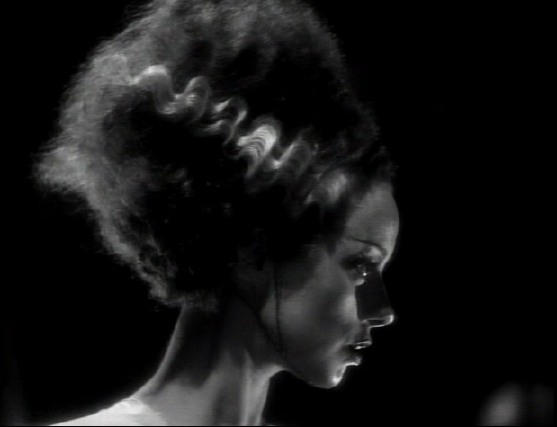A true story.
I grew up in the tough, blue-collar East End of Montreal. Back in the late 50s, when I was 8 or 10 years old, us kids owned the back alleys. The gravel backyards and the firetrap wood and corrugated steel sheds were our playground. One of our favorite spots was an old wooden garage, formerly a stable, with a rickety staircase that led to a wonderful low-ceilinged loft. That dark, dusty structure was our King Arthur castle where the Crusades were fought on summer weekdays. It was our frontier fort to attack or defend, depending on whether you were a cowboy or an indian that day. It was our Legionnaire’s stronghold, our haunted house and, of course, Frankenstein’s mountaintop lab.
One memorable afternoon, early autumn, one of the guys brought over a paper bag. It contained something that belonged to his older, teenage brother, the one with the ducktail and the cigarette pack rolled into his shirtsleeve. He had us swear up and down that we would never tell that he had brought out this treasure, on account that his brother would kill him for messing with his stuff.
We made a solemn oath of eternal silence, and my friend, satisfied, opened the bag and changed my life.
It was a homemade, papier-mache mask of the Frankenstein Monster from I Was a Teenage Frankenstein. His teen brother had seen the film and, impressed and enthusiastic, had come home and built himself a replica, luridly painted in yellows and greens, complete with a bulging, bloodshot, baseball-sized eyeball.
I thought it was the coolest thing I had ever seen. We all did. We were awed.
The mask was passed around and handled reverently, like a sacred object. It was a heavy, full-face mask, half-an-inch thick, with a leather strap glued in so you could wear it, and chunks of sponge inside to protect your face. Each kid, in turn, got to try it on, and the moment it was attached to someone’s head, a single sparkling eye gazing at us from a narrow slit, the Frankenstein face came alive. Each kid, in turn, moved his head and growled, and suddenly, the Monster was among us.
When my turn came, my heart was pounding. I raised the mask to my face, someone tightened the strap. It was heavy and scratchy, and I could hear myself breathe inside the mask. I looked out through the one eyehole, and all my friends went “Ooooh!”. I moved my head and let out a low, menacing moan, and they all went “Aaaah!”.
The mask went to the next kid, and again we all reacted to it. When we were all done, the mask went back into the paper bag, and our friend raced home to stow it away before its disappearance was noted.
I thought about that mask a lot. I would have killed to have it. I suppose it rotted away, forgotten in it’s brown paper bag, eventually to be thrown out with all the useless junk of childhood.
I never looked at my friend’s teen brother the same way again. I thought of him forever after as an artist, a genius of sorts. He never knew, but I always felt that he had taught me something important: You Can Make Your Own.
I dug through Famous Monsters magazine for monster makeup tips. I mail-ordered the Dick Smith’s monster makeup one-shot from Warren’s Captain Company. I was soon experimenting with plasticine, thick liquid latex and plaster. I learned how to use collodion for scars and mummy wrinkles. And so on, like all the Monster Kids of the 50s and 60s, growing up on Shock Theater and Aurora Monster Kits.
If my boyhood pals read this, I hope they don’t mind my spilling the big secret. I hope my friend from back then — where are you know? — doesn’t get into trouble with his older brother, after all these years, for messing with his stuff.
For me, it was a magical moment. I had been inducted into the Secret Brotherhood of Monsters, there in our secret hideout. The day I Was a Pre-Teen Frankenstein.
Happy Halloween, everyone.





















































